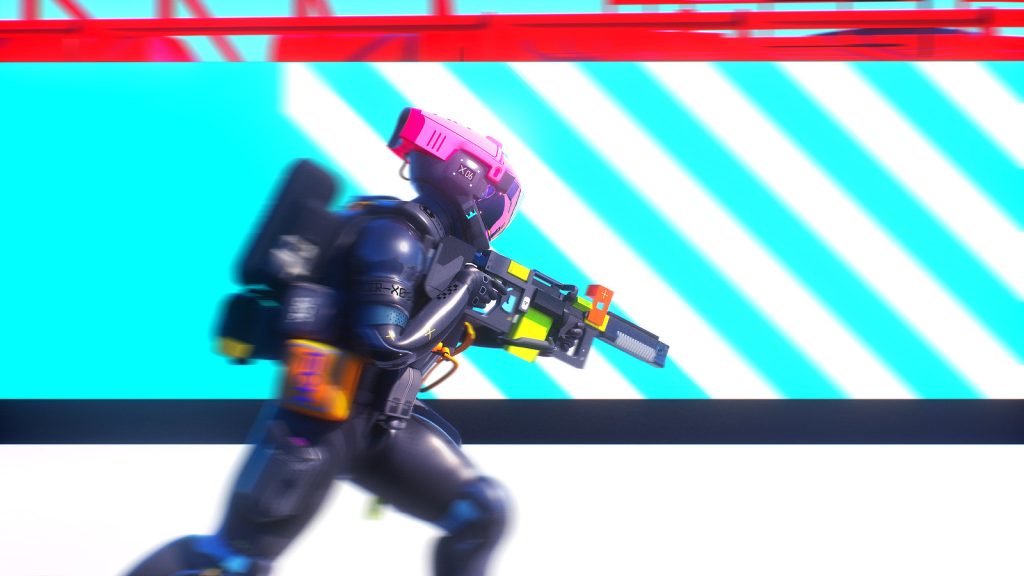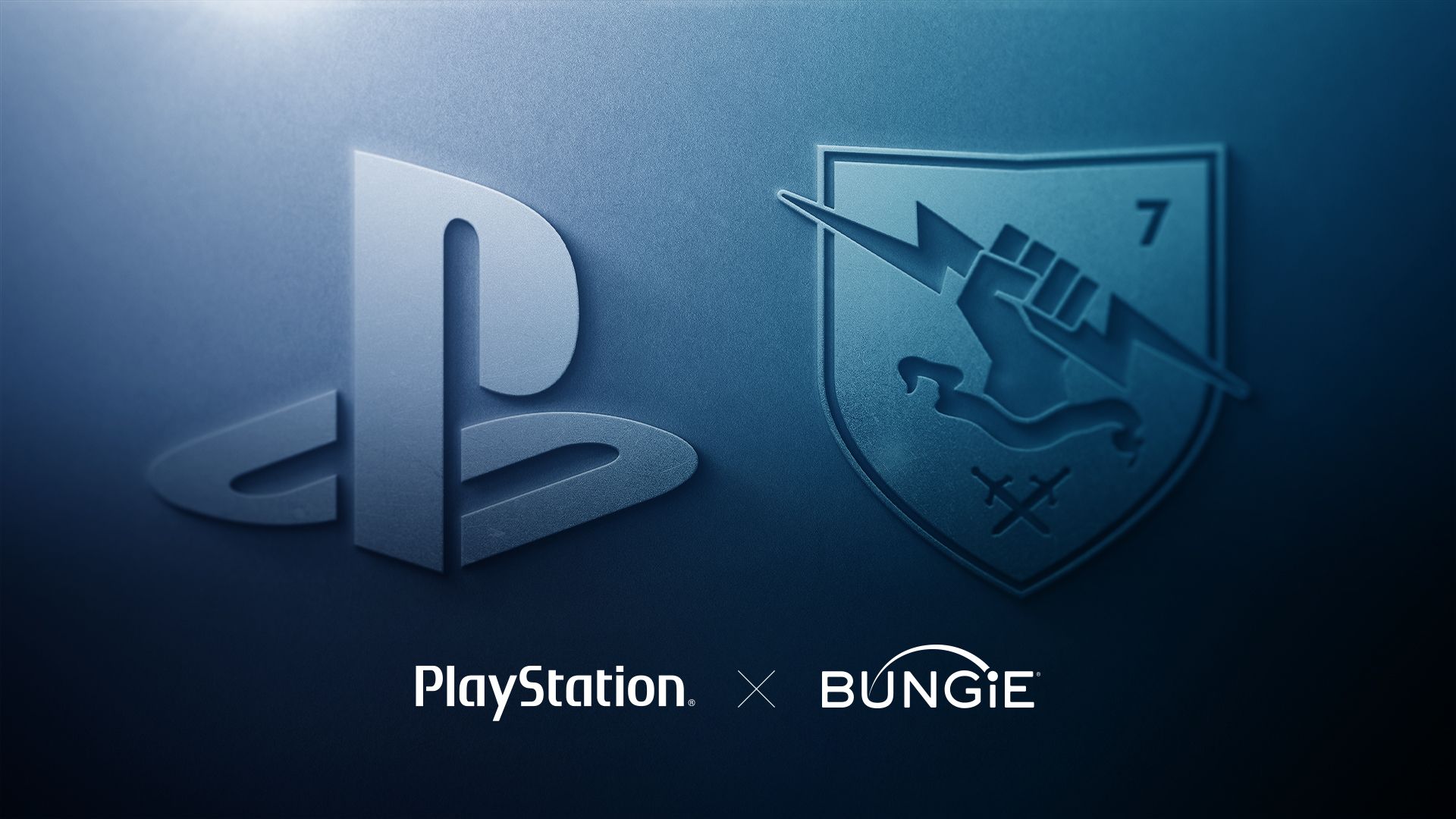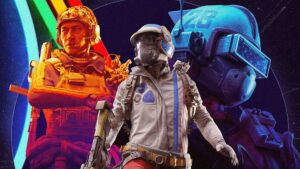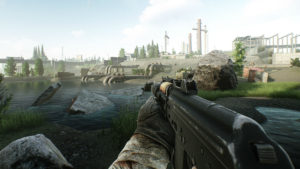
Whenever you mention Destiny 2, particularly to a fan who has played since the first game was released in 2014 (or even the beta, if we’re going further back), there is a mix of emotions. Anger, frustration, “Bungie, please” – the “I hate Destiny. Destiny is my favorite game” meme is established for a reason.
However much the community may rage against Bungie’s decision-making and monetization of the shared-world shooter, there aren’t any level-headed players who hate the developers. Because even with all the good times that came with the bad, they’re also people at the end of the day. Which is why, regardless of how a fan feels about Bungie, it always hurts to hear there are layoffs.
Liana Ruppert, a community manager who wrote the weekly blog posts talking about the game and everything surrounding it, who was also the co-lead on accessibility, is gone. Michael Salvatori, composer of so many incredible tracks over the years, is also reportedly gone, with his official website simply stating, “Gone fishin’.” Former QA Franziska Wischmann is gone, and revealed that the entire QA team for Armor and Expressions was “wiped.” Even those who have been with Bungie since 1999, from the days of Myth and Oni to Halo and Destiny, like art lead Lorraine McLees are gone.
Though the exact number of layoffs is officially unknown, Bloomberg’s Jason Schreier – who first broke the story – said it’s about 8 percent of the total workforce, roughly 100 of its 1200 employees. It’s not a small number, especially since Bungie said after its acquisition in 2022 by Sony that there would be no layoffs.
While Destiny 2 and Marathon’s teams are both affected, the departments in question include legal, audio, IT, creative studios, art, engineering and more, per IGN. Hence, the reported delays to The Final Shape, which is now apparently coming in June 2024, and Marathon, slated for 2025.
Some have blamed upper management and those who lead Bungie (we’ll explain why shortly). Schreier said the layoffs are part of a cost-cutting measure by Sony, which also affects the likes of Naughty Dog and Media Molecule. However, after speaking to multiple employees, Bungie took responsibility for the same instead of delegating the task to Sony, with CEO Pete Parsons telling employees in an internal town hall meeting that the “right people” were kept to work on Destiny 2.

That’s certainly a way of wording it after he tweeted about it being a “sad day” at the studio and how those laid off “made a significant impact on our colleagues.”
There are questions to ask about how this affects PlayStation’s live-service initiative since Bungie was to help accelerate the same. An internal review by the studio is reportedly what led to The Last of Us standalone multiplayer game facing delays, after all. So what happened?
As it turns out, to a large extent, Bungie happened.
Schreier and IGN reported that revenue for the company was below yearly projections by 45 percent. Parsons said it was due to poor player retention with Destiny 2, especially in the wake of Lightfall, which was routinely criticized by players. While pre-orders for The Final Shape were “good,” they were allegedly “lower-than-expected.”
If you followed anything with Destiny 2 over the year, particularly the latest, the overall vibe around the game has felt cold. Fan enthusiasm feels low because Lightfall, the penultimate chapter to the conclusion of the Light and Darkness Saga, was so badly fumbled.
This fact wasn’t lost on the developer. Leadership was told several times over the past few months about the issues, per sources speaking to IGN. The developer wanted to make changes to appeal to players, though which ones, in particular, weren’t mentioned. There have been several improvements and updates made to Destiny 2 over its many seasons post-Lightfall, but their impact may not have been enough.
Even if the layoffs are part of a larger Sony plan, which may reportedly be a restructuring after Jim Ryan announced his retirement as PlayStation president next year, the way Bungie management has handled the whole issue has been incredibly disappointing. It allegedly tried to obfuscate the number of employees and departments affected, placing multiple QA members on Performance Improvement Plans for small issues, laying off several QA team members ahead of all this and lying that this wasn’t a cost-cutting measure.
None of this is the first time that Bungie has faced internal issues. In 2021, a report by IGN revealed several problems at the developer, including toxic work culture, , crunch and Human Resources protecting those at fault. Parsons acknowledged the studio’s issues and revealed that it was improving (which other employees also felt). However, a lawsuit emerged earlier in October from former HR manager Ingrid Alm, who alleged discrimination at the studio.
It involved a supervisor abusing an employee back in May 2022, and when recommending diversity training, Alm was told that they had “been there for a long time”, and were “highly regarded.” Bungie then tried to terminate the abused employee, which Alm was against, which led to the culprit in question becoming “extremely angry.” Alm would have email access cut with no response from management and told her resignation was accepted, despite not intending to. So even those who were in the position and spoke up about the terrible culture at the studio were silenced.
All of this paints a picture of a leadership fumbling wildly, both with its fan base and employees. Would the layoffs not have happened if Destiny 2 was doing better and Lightfall wasn’t disappointing? What about the new headquarters that Bungie built and plans to expand? Hard to say, but at the very least, the affected employees wouldn’t be feeling expendable (per IGN’s report) or like they were laid off, “based on the decisions and performances of people in departments you’re not involved with.”

Despite so many excellent games this year, 2023 has been a rough year for the industry with its layoffs. 343 Industries, Bethesda Game Studios, The Coalition, PlayStation Visual Arts, Telltale Games, Deck Nine, Media Molecule, Team17 – the list goes on, and doesn’t even include studios like Volition which have been shuttered. However, what’s happening at Bungie is more than just an order from its owner. It’s also the result of its leadership’s hubris, never mind how they’ve gone about handling things.
When Bungie split from Activision, director Luke Smith – who would become executive creative director of the Destiny universe – tweeted “Guardians make their own fate.” It’s a reference to the Vault of Glass, specifically the hero Kabr, who fashioned an Aegis to survive erasure from time at the hands of the Vex. Sure, it was more about the paracausal nature of the Guardians, but is also associated with taking fate into one’s own hands rather than sitting by. It seemed like a rallying cry for Bungie, creating some excitement for its future.
Hopefully, those who helped bring Guardians to life and give us so many great games to play, find their fates turning for the better. As for Bungie, it may continue to meander on through the storm, but whether it will remain the same studio throughout it all is difficult to predict.
Note: The views expressed in this article are those of the author and do not necessarily represent the views of, and should not be attributed to, GamingBolt as an organization.
















